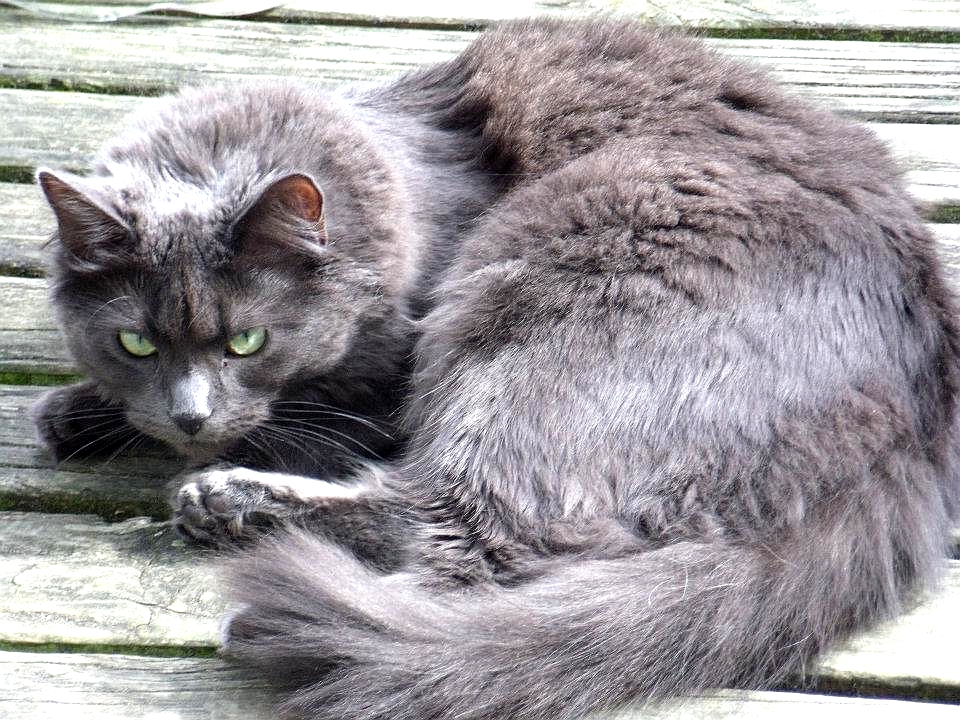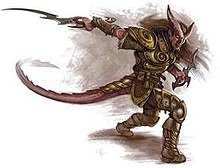A campaign launched by economist Gareth Morgan to raise awareness about the impact of cats on native wildlife has elicited a range of opinions, but what does the evidence say?
 Yesterday, Dr Morgan launched the?Cats-to-go?campaign, calling for further efforts to prevent cats killing native birds. Recommendations included: affixing bells to collars, keeping cats indoors, neutering, requiring registration and microchipping for cats and ? more controversially ? calling on cat owners?not to replace their pets when they die.
Yesterday, Dr Morgan launched the?Cats-to-go?campaign, calling for further efforts to prevent cats killing native birds. Recommendations included: affixing bells to collars, keeping cats indoors, neutering, requiring registration and microchipping for cats and ? more controversially ? calling on cat owners?not to replace their pets when they die.
You can read more about the website and the extensive media coverage it has received here. Bloggers Dr David Winter and Dr Wayne Linklater have also written about the issue on science blogging network Sciblogs.co.nz
The Science Media Centre gathered the following comments from experts on predator control and conservation. If you would like to contact a New Zealand expert, please contact the SMC (04 499 5476; smc@sciencemediacentre.co.nz).
Dr Yolanda van Heezik, Senior Lecturer, Zoology, University of Otago, comments:
?There have been three published studies quantifying the prey caught by domestic cats in New Zealand (in Auckland, Christchurch and my study in Dunedin) and they all agree in reporting that pet cats catch birds, including native species. Cats appear to catch species in proportion to their abundance in the environment, so in Dunedin, the two most abundant bird species (silvereyes and house sparrows) were the two most common bird species caught by cats. Cats in the Dunedin study also caught native species such as fantails and bellbirds. Fantails seem to be particularly vulnerable. My study identified that about one third of cats did not bring any prey home, about a half brought back prey infrequently, but that about 20% were frequent hunters. The average number of prey brought back per year was 13, but that included rats, mice, lizards and invertebrates. It should be borne in mind though, that a recent study using Kittycams in the US reported that cats brought back only one third of the prey that they actually caught and killed, so the NZ studies probably under-estimated total numbers killed.
?I support Gareth Morgan in his campaign to raise awareness about the impacts that pet, stray, and feral cats have on our native wildlife. I suspect that most people have never given the issue much thought, or they think that the one or two birds caught by their own cat makes no difference. People need to consider that cats exists across cities at a density of about 225 per sq km, and that even though individual cats may catch few birds, cumulatively the total of birds killed is large. Other countries such as Australia have regulations in place around cat ownership and cat movements, and we need to start thinking along the same lines, if we value our native wildlife, and want to live in towns and cities where we can encounter native wildlife as part of our everyday lives.
?Feral cats are known to be a problem. The impact of pet cats is less well known. Because pet cats are fed, they are referred to as subsidized predators. They are more likely to hunt wildlife populations to extinction, as they do not rely on wild prey for food, so they are less likely to switch to alternative sources of prey when their prey population becomes so depleted it costs too much energy to hunt for it.
?Stray cats are an important issue. Stray cat colonies that are fed by the public still kill wild species. Well-fed cats hunt. TNR policies (trap-neuter-return) have been shown in other countries to be ineffective at controlling stray cat populations.
?Cats do prey on rats, which are also significant predators of wildlife. This is an argument for carrying out simultaneous rat control in areas where cats are absent.
?The recommendations given by Gareth Morgan are reasonable: consider using a collar with a bell: our research has shown they reduced catch by 50%. There are other devices to curb cat predation, such as the catBib, and I suspect more in development. Consider keeping your cat inside at all times. This ruling is in effect already in some parts of Australia. And consider not replacing your cat when it eventually dies.
?I?m currently involved in a study coordinated by Assoc. Prof Mike Calver at Murdoch University in Australia, surveying the public in NZ, Australia, the UK and the USA to ascertain the opinions of the community on cat ownership and regulations around ownership. The results from that study should be available later this year.?
Mr John Innes, Scientist ? Biodiversity and Conservation, Landcare Research, comments:
?On?his website, Gareth Morgan paints a broad picture of cats as major predators of native birds in New Zealand (?cats are wiping out our native birds?) and suggests that New Zealand without cats? is ?a New Zealand teeming with native wildlife, penguins on the beach, kiwis roaming about in your garden.? Imagine hearing birdsong in our cities?.? However, careful reading of the site does show that its authors are aware that there are other predator species to consider besides cats.? They refer to cats being ?one step? towards a Predator Free New Zealand.
?The impact of cats ?- whether feral or pet ? on valued wildlife remains controversial because it is site-dependent and ecologically complex, and because key impact questions are frequently unresearched.? The website cites Medina et al (2011) regarding birds threatened or made extinct by cats, but this is a worldwide study of islands and not just New Zealand, and effects of cats are frequently additive to those of other predators, especially rodents, and habitat modification.? In New Zealand also, cats alone cannot be blamed for the loss of any species.? However, they are undoubtedly key contributors to declines of some birds (and other fauna) in some places, for example black stilts, black-fronted terns and wrybills in braided rivers and other shorebirds trying to nest on beaches, but so potentially are hedgehogs, ferrets, stoats, four wheel drive vehicles, people walking dogs and fishermen.? When cats, ferrets and hedgehogs were targeted in Mackenzie Basin braided rivers, possums and Norway rats then ate the black-fronted terns.
?Cat diet studies in New Zealand urban areas (e.g. Gillies & Clout (2003); van Heezik et al. (2010)) show that cats eat small mammals, birds, lizards and invertebrates.? The birds are mostly common introduced species or widespread natives, especially silvereyes.? The research to clarify whether the negative effects of cats on these fauna outweighs the positive effects of their predation on ship rats, Norway rats and mice has not been done.? However, keeping cats inside, especially at night, will negate these possible positive effects.? Urban sanctuaries like Zealandia in Wellington clearly change this context because highly threatened species like saddlebacks may be taken by cats, but it is likely that they would be taken by ship rats or possums anyway if cats were removed.
?In New Zealand native forests, ship rats are the major prey, and this little-seen predator eats many more birds than cats do.? The Gareth Morgan website refers to kaka, kokako, weka, mohua, t?eke and robins as endangered, perhaps implying that cat control might help them, but cats are not significant predators of any of these species, except ?possibly weka.
?I agree with the website that ?we need to control cats and rats together?, and in fact recent thinking around a Predator Free New Zealand has always focused on several species, usually stoats, ship rats and possums.? Whether mice, hedgehogs, Norway rats, ferrets, weasels and cats may yet be included is still unfolding.
?In the meantime, pet cat owners should educate themselves about the possible threats of their cats to local wildlife, and they should plant trees and shrubs suitable for native wildlife.?
Source: http://www.sciencemediacentre.co.nz/2013/01/23/cats-impact-on-native-wildlife-experts-respond/
cory booker cubs cj wilson ellsbury brad pitt and angelina jolie brad and angelina herniated disc



















